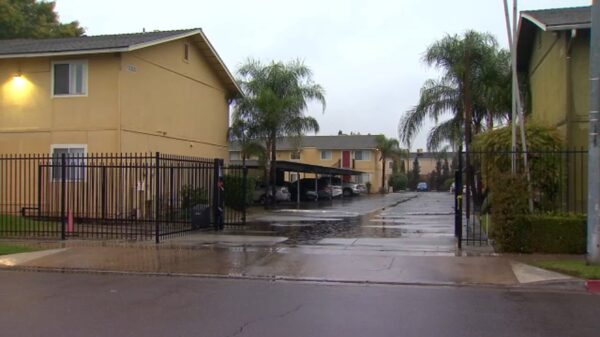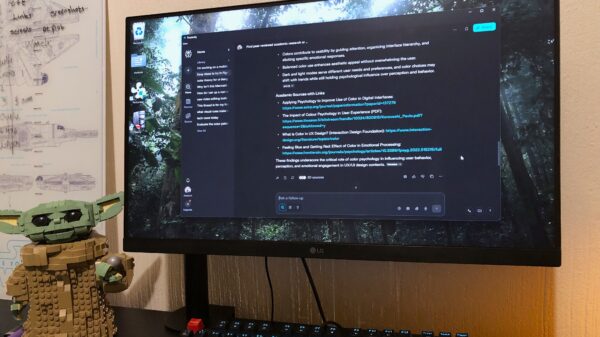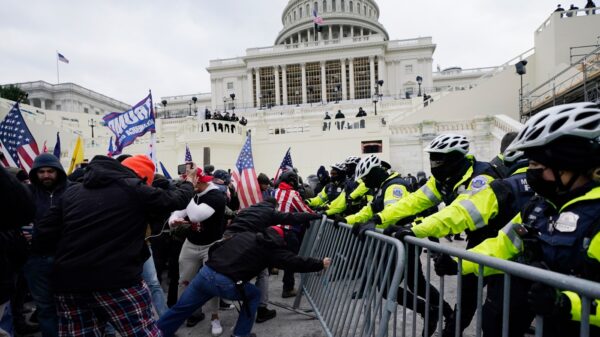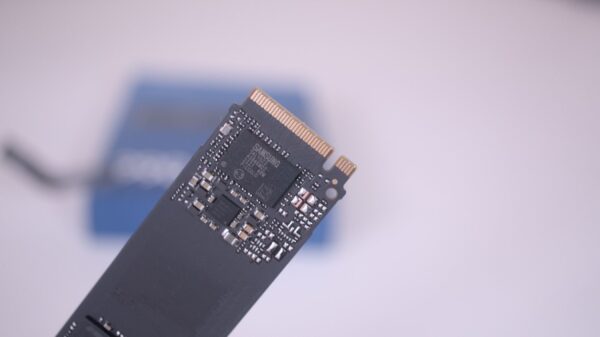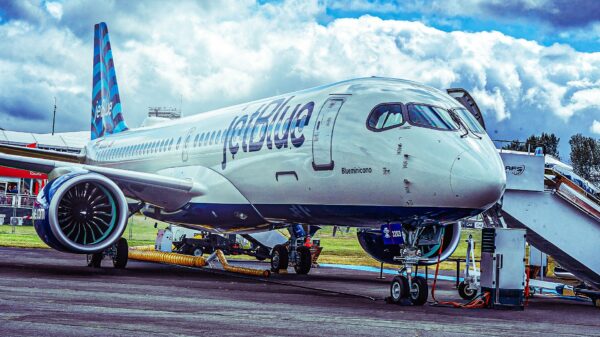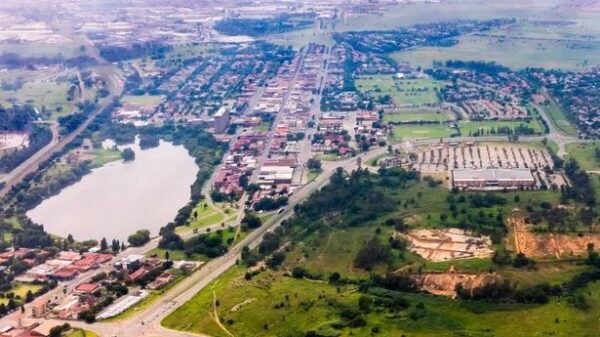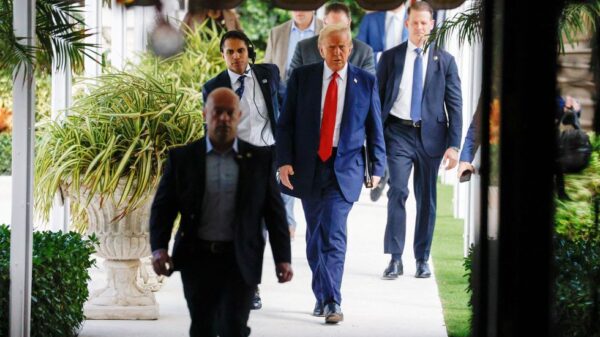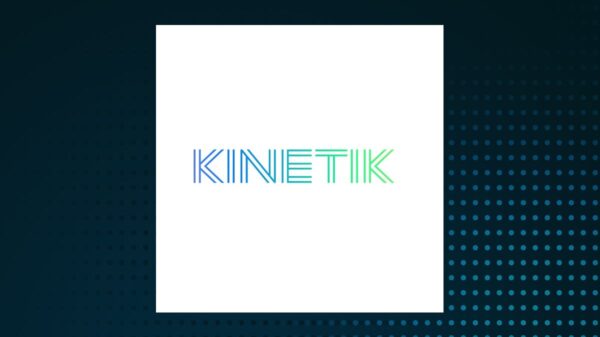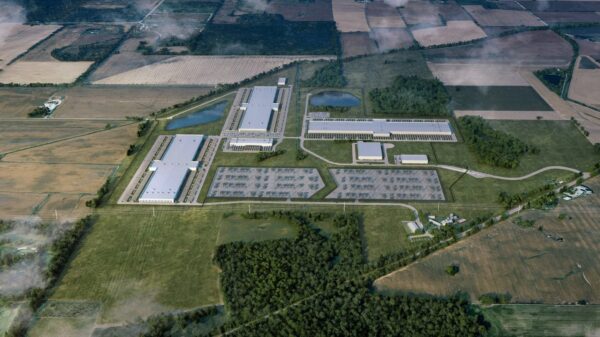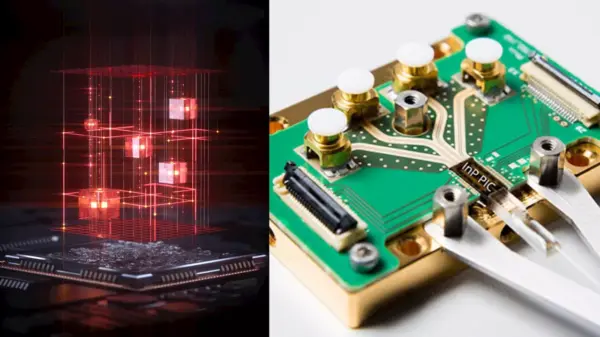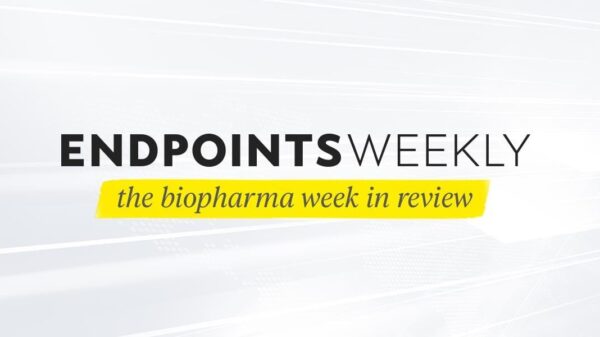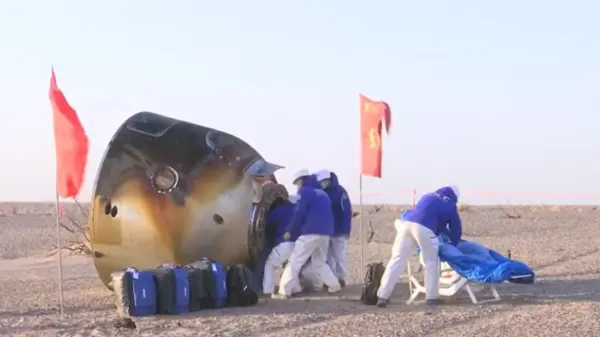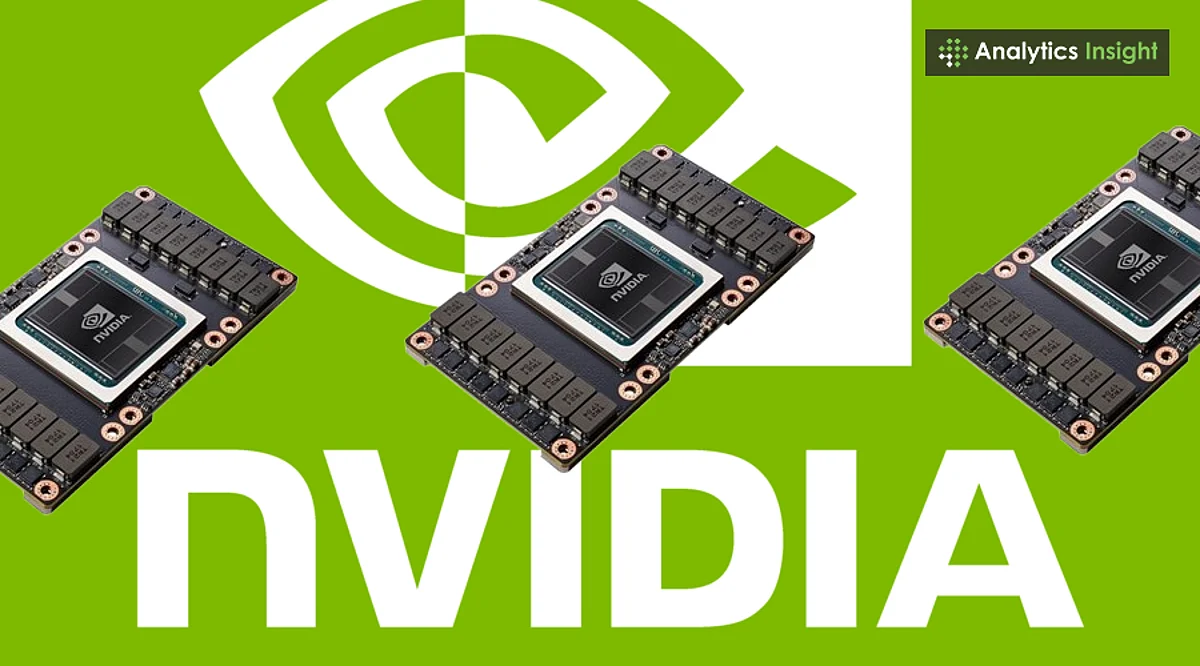Nvidia has announced plans to resume sales of its H20 GPU chips in China, pending necessary approvals from the United States government. This move comes alongside the introduction of a new compliant RTX Pro model, tailored for artificial intelligence applications in sectors such as logistics and smart manufacturing. The company’s CEO, Jensen Huang, recently engaged in discussions with officials from both the U.S. and China to explore opportunities for collaborative advancements in AI technology.
The renewed focus on China indicates Nvidia’s efforts to navigate the complex international regulatory landscape following previous export restrictions. By adapting its product offerings to meet Chinese regulations, Nvidia aims to maintain its competitive edge in a rapidly evolving market. The RTX Pro model is designed explicitly to address the needs of industries that rely on AI for enhanced operational efficiency.
SpaceX Backs AI Initiatives with Major Investment
In a significant development within the tech sector, SpaceX has made a notable investment of $2 billion in xAI, a company founded by Elon Musk. This funding represents the first substantial external investment for xAI, which recently completed a $5 billion equity raise. The funds will primarily support the integration of Grok AI into Musk’s various ventures, including Starlink, Tesla, and the X social media platform.
The collaboration between SpaceX and xAI is expected to further enhance Musk’s ambitions in the AI sector, particularly in developing advanced AI tools and expanding the capabilities of xAI’s Colossus supercomputer. This merger positions Musk’s enterprises at the forefront of AI-driven technology, consolidating their influence in a rapidly evolving landscape.
Decline in Entry-Level IT Jobs in India
The Indian IT sector is currently facing a downturn in entry-level job opportunities, largely attributed to the rise of AI automation and outdated educational frameworks. Companies such as Wipro and Infosys have reported reductions in hiring fresh graduates, while Global Capability Centers are increasingly seeking candidates with specialized skills and industry knowledge.
This trend has led to a mismatch between the qualifications of engineering graduates and the evolving demands of the job market. As a result, many young professionals are confronting unemployment. Nonetheless, there is optimism regarding the future of AI-related job prospects, particularly if educational curricula are updated to align with industry needs. Encouraging a positive outlook among students may also play a crucial role in improving their employability.
Innovative AI Video Creation Tools Launched
In another exciting development, users of Gemini Pro and Ultra can now create 8-second AI-generated videos from still images using the new Veo 3 model. The feature, available for both PC and mobile devices, allows users to upload a photo and provide detailed prompts describing motion, setting, camera angles, and sound elements. Each output is marked with SynthID to ensure transparency and authenticity.
This innovative tool redefines storytelling by making AI video creation accessible and user-friendly for subscribers. It empowers individuals to transform static images into engaging cinematic experiences, fostering creativity in digital content creation.
Contrarian AI Model Highlights Meme Coins
A new AI model has identified three meme coins—Fartcoin, Bonk, and Popcat—as potential breakout candidates for late 2025. Each of these tokens exhibits unique characteristics that set them apart from mainstream cryptocurrencies, including community-oriented governance and transparent tokenomics.
Despite their speculative nature, these coins demonstrate underlying fundamentals that could attract attention from investors looking for high-risk-high-reward opportunities. Their innovative approaches, such as DAO systems and reflexive burn mechanisms, provide a glimpse into the potential future of meme-based digital currencies.
As the tech landscape continues to evolve, these developments reflect a broader trend of adaptation and innovation across various sectors, from AI advancements to shifts in employment dynamics.


